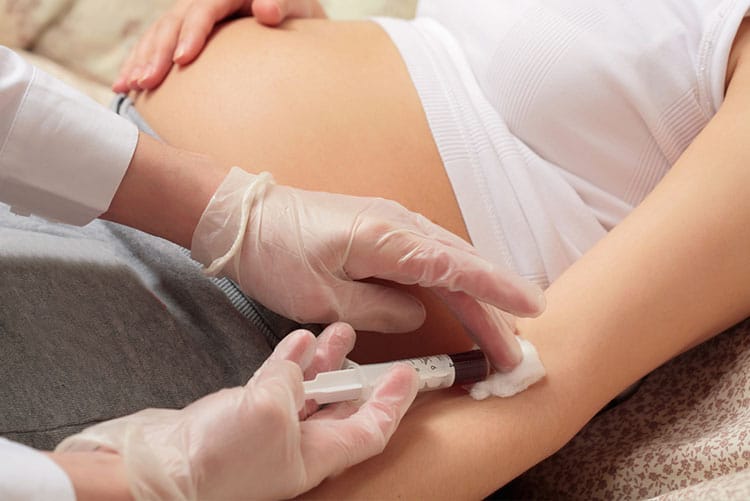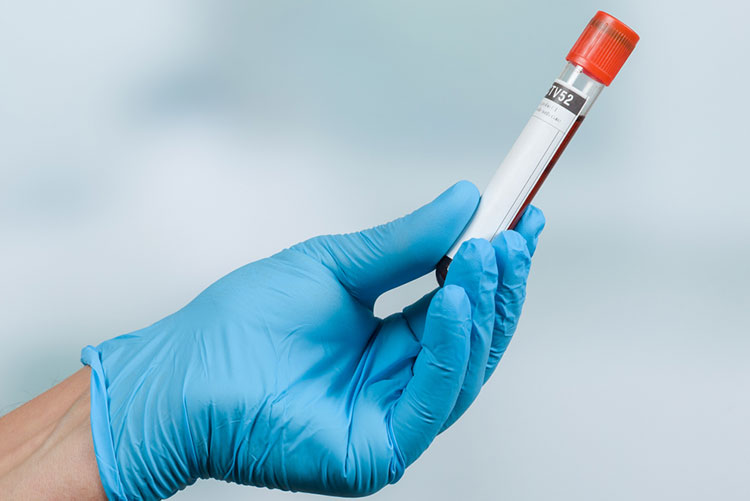
Pregnancy is a wonderful time but at times it can also get scary with all the tests and procedures one has to endure during the course of their pregnancy. Depending on the health of the mother, baby, and other factors, the mother will be advised to go through certain tests by the gynaecologist. One such test is the Double Marker Test which is also known as Dual Marker Test. Many pregnant women worry when they are asked to undergo a test that they haven’t heard of and it’s the similar case with this test. But, there is no reason to worry or let your pregnancy hormones go berserk, we are here with all the facts about this test and answers to your questions about the test.
What is a Double Marker test?

A double marker or dual marker test is advised to pregnant women to identify any chromosomal irregularities in the fetus. Chromosomal defects are said to cause developmental deformities in the baby and affect the baby’s health even after that, though it’s a bit rare. It is also used to detect conditions like Edward’s syndrome or Down’s syndrome in the baby. The test is conducted in the first trimester, usually between the 9th-14th week of pregnancy and involves a blood test.
Who has to undergo the Double Marker test?
The test is obviously meant for pregnant women but a certain class of pregnant women need this test more than others. Here are some factors that are taken into consideration by the medical professionals while prescribing the test:
- If the woman is over the age of 35 years
- Family history of congenital disabilities
- History of diabetes in the family
Double marker test procedure

This is essentially a blood test. A blood sample from the pregnant patient is taken and tested for the levels of Beta hCG (human chorionic gonadotropin hormone) and PAAP (Pregnancy-associated Plasma protein). The levels of these elements in the blood will help identify if there are any neurological or Chromosome defects with the baby. It is also possible that ultrasound is done as a part of the test before taking the blood sample.
How to prepare for the test?
The test is pretty similar to most blood tests and does not require any elaborate prep. But it is imperative that you inform the doctor about the medications you are taking and any allergies you might have. Depending on the information provided, you might be asked to skip the medications before the test.
Test cost
Double marker test used to be a bit expensive years ago and wasn’t available everywhere. Though the test is still considered pricey even now, it is available in most hospitals and diagnostic centres. The test can charge anything from Rs. 2,5000 tp Rs. 4,000 depending on the establishment.
Double marker test report analysis

Before we delve into what is considered to be the normal range for the test result, it’s important to understand how the Double marker test result is interpreted.
The results of the Double Marker test is basically divided into two categories: Positive and Negative. The results do not completely confirm if the baby has a disorder. It merely assesses the chances of the baby having the disorder. The result is presented in the form of ratios. A ratio of 1:10 to 1:250 will be considered as Screen positive which means that there are high chances of the baby having the disorder. A ratio of 1:1000 is considered as a Screen negative, meaning the possibilities for the child to have any chromosomal or neurological disorders are low.
But this test alone will not suffice and if the test results are positive, the doctor will recommend more tests to confirm the chances of the baby having any disorder.
What if the test results are positive?
There are worse things in life than just having a child who is different from others. It’s natural to feel a little worried if the test results are positive. But once you’ve processed the information, it’s important to realise that this isn’t the end of the world. Children with these defects can lead a normal life like the rest of us and just need a little extra care.
FAQs about Double Marker test
What is a Double Marker test?
This test is done to detect any Chromosomal or neurological defects in the unborn child.
When is Double Marker test done?
The test is usually done in the first trimester of the pregnancy between the 8th-14th week of pregnancy.
Who is at the risk of testing positive for the test?
Though there are no confirmed factors that would put one at risk. Women over the age of 35 or those with a family history of such birth defects are said to be at a higher risk of testing positive for the result.
What are the normal results?
A Free-beta Human Chorionic Gonadotropin range for all age groups around 25700 to 288000 mlU per ml. This is considered to be the normal range for the test results.
What is the cost of the test?
The cost of the Double Marker test depends on the kind of establishment you are opting for. But the average cost of the test lies somewhere between Rs.2,500 and can go up to Rs.4,000.
What if the test is positive?
If the results are positive for the Double Marker test, then the doctor will recommend a few more tests to further confirm the probability of the child having any disorder.
What if Double Marker test is negative?
If the Double Marker test results are negative it means that the risk of your baby having any chromosomal or neurological defects is very less.
Have you taken a double marker test? Tell us about your experience in the comments section below.
*Please consult your Physician for more information regarding the test. The information provided here is just for educational purposes and should not be mistaken for medical or professional advice.








